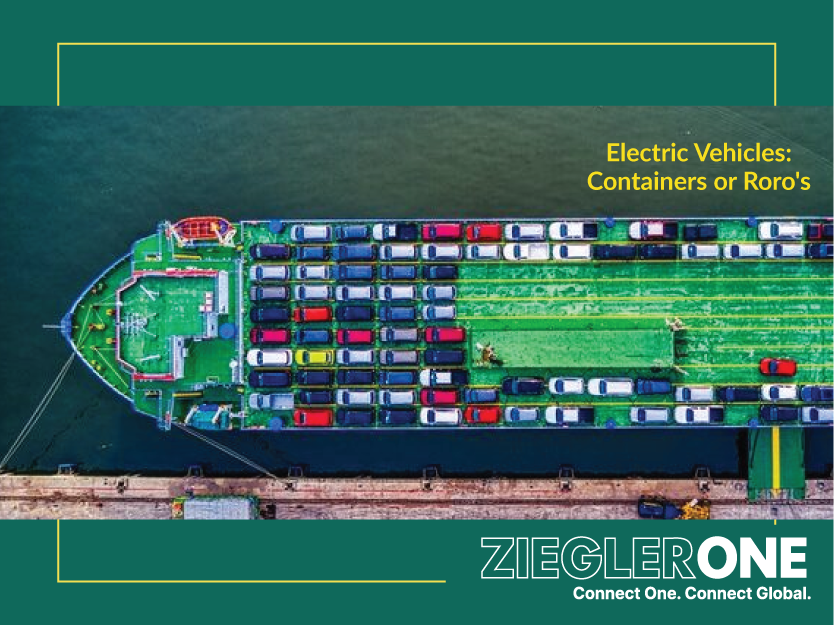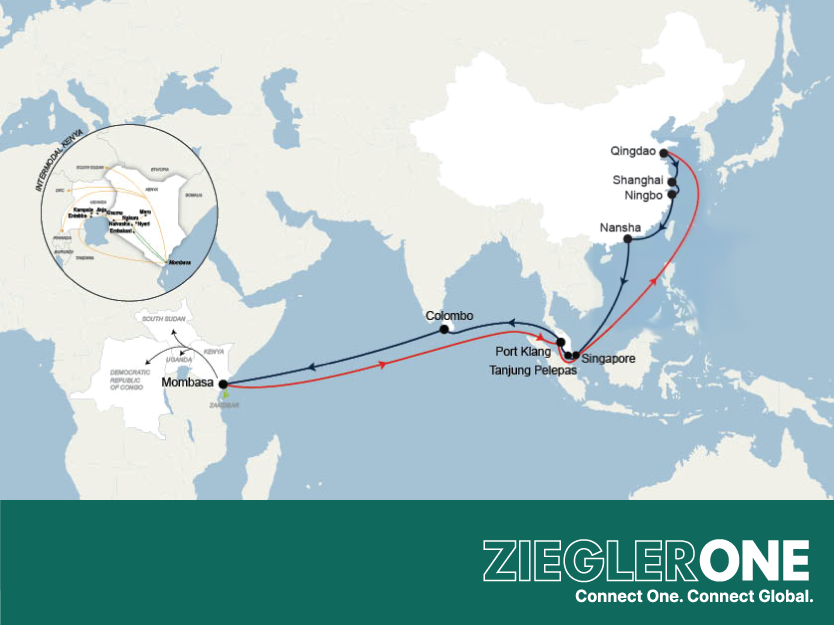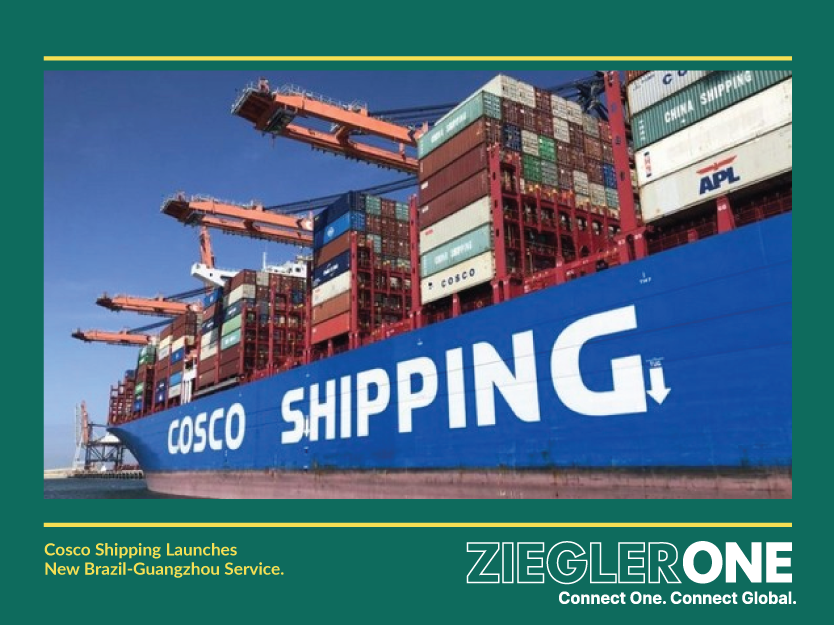Connecting Far East & Kenya
CMA CGM announced a new service connecting the Far East and Kenya

Due to the limited capacity and heavy traffic in the car carrier industry, certain freight forwarders and manufacturers have resorted to transporting cars in containers instead of waiting for available space to export them.
Recently, a study conducted by the International Union of Marine Insurance (IUMI) revealed varying opinions among insurers regarding the safety and transportation of cars in containers, especially electric vehicles (EVs).
Soaring freight rates, congestion, and a lack of Roll-on/roll-off (RORO) ship capacity have seen delays of up to three months or more in the shipment of cars as sky-high demand adds to the sector’s problems.
While the costs are similar from one sector to the other the forwarder pointed out that most RORO companies only operate monthly services to key markets, whereas container services are weekly.
With the automotive sector shifting towards electric vehicles (EVs), there is a rising unease about the transportation of these vehicles. There have been notable accidents attributed to EVs, as well as incidents of fires on RORO vessels like the Freemantle Highway. These concerns highlight the need for careful consideration and safety measures when it comes to transporting EVs.
CMA CGM previously had a policy of shipping EVs in reefer containers, but this policy has been reversed, as stated by Marc Lefebvre, senior manager for cargo security and safety at CMA CGM. Lefebvre explained that it is now the responsibility of the shipper to determine whether to place an EV in a dry or reefer container.
According to Lefebvre, shippers are requested to sign a letter acknowledging that the battery temperature of EVs can significantly rise, exceeding 60 degrees centigrade. By signing the letter, the shipper accepts the responsibility for transporting the EV and all associated liabilities.
CMA CGM is particularly concerned about older EVs, cars with batteries older than seven years old will not be accepted for carriage, but older vehicles with a certificate showing that the battery pack is less than seven years old will be handled.
Furthermore, Lefebvre explained that the French carrier takes precautions to avoid storing containers with dangerous cargo in direct sunlight. However, he emphasized that it is ultimately the shipper's responsibility to determine whether the car is safe to be shipped, as they have knowledge of the cargo. It should be noted that the carrier is unable to monitor the exact storage location of the containers at the port.
Those concerns are shared by some in the shipping industry, with the threat considered very real to the well-being of crews, firefighters, vessels, and the environment.
Eva Mckiernan, a technical director and senior investigator at Jensen Hughes, told the Lithium-ion Batteries in the Logistics Supply Chain conference in London in March that lithium-ion batteries burn at around 1,200 degrees centigrade, while combustion happens within seconds.
The heat generated can cause thermal runaway, which occurs when the heat and chemical reactions reach a certain level, the fire becomes self-sustaining and very difficult to extinguish, she said.
This view is at odds with the IUMI study, which was published on 1 September, referencing the EU Lashfire project IUMI said: “Several misconceptions regarding battery electric vehicle fires circulate publicly and lead to uncertainty. Fires in battery electric vehicles are not more dangerous than fires in conventional vehicles and are currently not more frequent.”
In a very recent incident during July 2023, a vessel - the Fremantle Highway - carried EVs and started burning off the Dutch coast.
Not only were there more cars aboard than originally reported, revised to up to 3,783 from the previous figure of 2,857, but Fremantle Highway’s electric vehicle (EV) contingent of 498 is far higher than the 25 initially reported.
This means batteries made up a higher proportion of the vessel’s cargo than on Felicity Ace, a car carrier that sank mid-Atlantic after catastrophic fires last year carrying only 281 EVs.
The lithium-ion batteries inside EVs are made of thousands of individual cells, meaning a fire can be very challenging to extinguish as the heat from an alight cell can cause combustion in neighbouring cells, even well after it has been extinguished. This gives the impression that the battery has spontaneously re-lit and also that such fires can be prolonged, as the fire spreads through each battery.
Read more here.

CMA CGM announced a new service connecting the Far East and Kenya

Australia and France have signed a pact to work more closely on critical minerals supply chains, as the European Union looks to reduce its dependency...

1 min read
One of the main priorities for the ZieglerOne Agents is to keep them updated on the latest developments in the industry. This includes informing them...